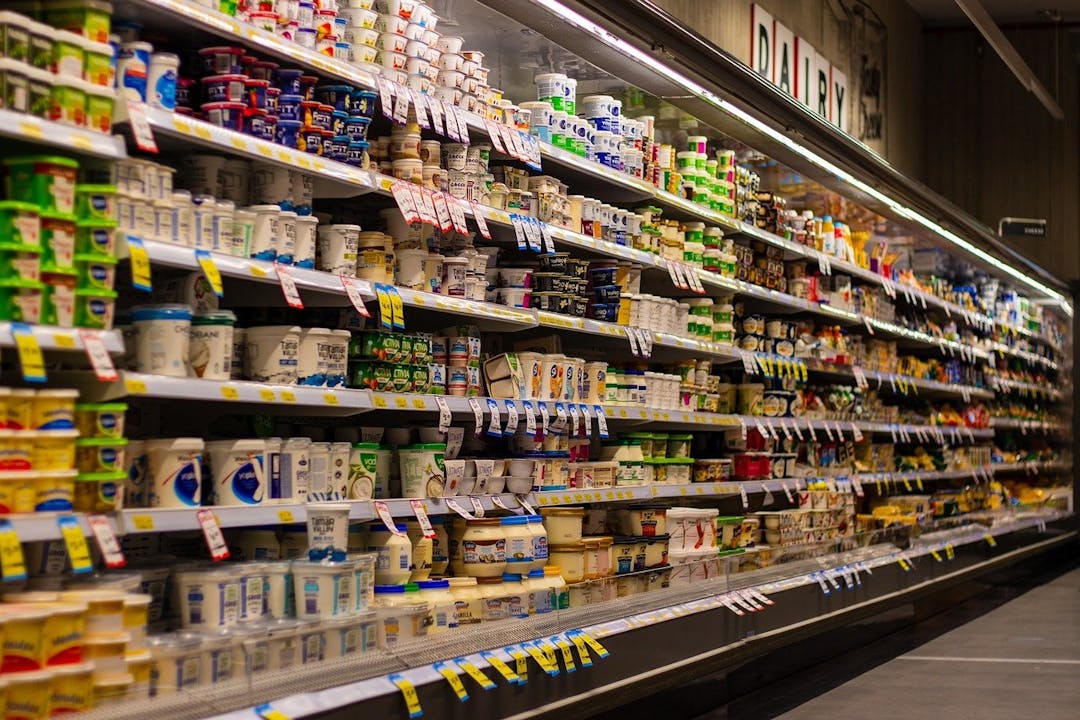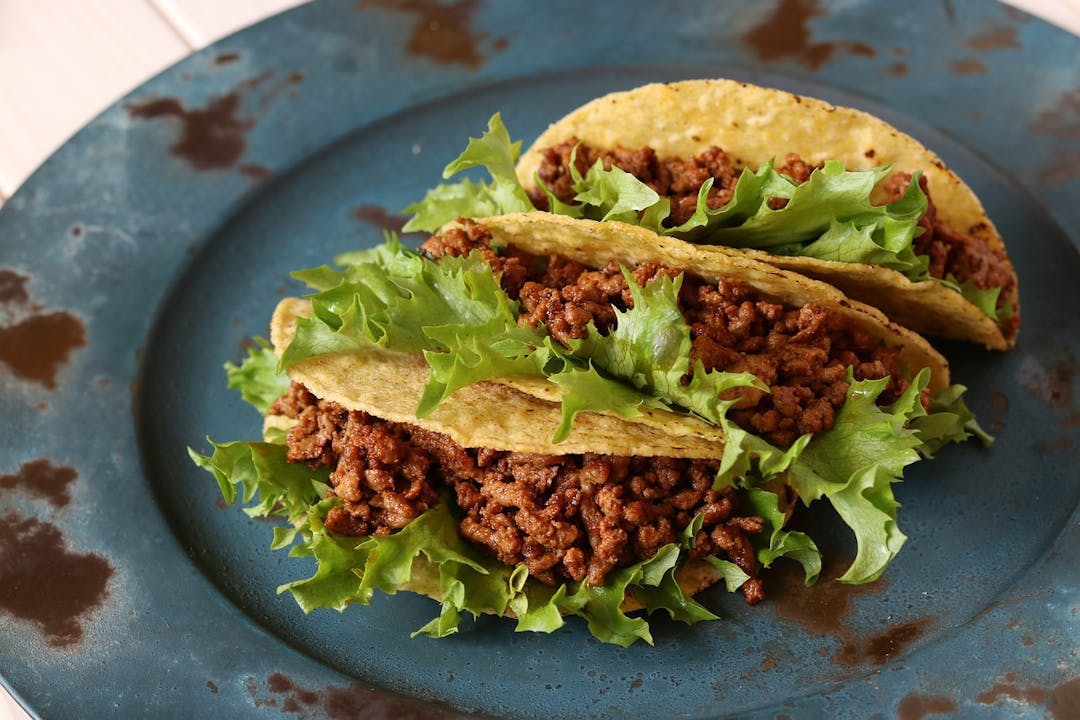

Find foods you can eat.
Navigating Dairy-Free Choices: 45 Ingredients to Avoid
Published on January 15, 2024Opting for a dairy-free diet, whether due to allergies, lactose intolerance, or personal choice, requires vigilance in recognizing hidden dairy ingredients in foods. Here’s a list of 45 dairy-derived ingredients to look out for:
- Acid Casein: A milk protein often used in cheese production and as a food additive.
- American Cheese: A processed cheese product that contains dairy.
- Ammonium Caseinate: Derived from casein, a milk protein, used in many processed and packaged foods.
- Asadero Cheese: A Mexican-style cheese made from cow’s milk.
- Asiago: An Italian cheese made from cow’s milk.
- Beta-lactoglobulin: A major whey protein in cow’s milk.
- Blue Cheese: Made from cow’s milk, with a distinct flavor and mold.
- Brie: A soft cheese traditionally made from cow’s milk.
- Buffalo Milk: Milk produced by water buffaloes, used in various dairy products.
- Butter: Made from the fat and protein components of milk or cream.
- Butter Oil: A dairy product derived from butter.
- Buttermilk: The liquid left behind after churning butter, made from milk.
- Calcium Caseinate: A type of casein protein derived from dairy milk, used in various food products.
- Camembert: A soft, creamy French cheese made from cow’s milk.
- Caramel: While primarily a sugar product, some caramel colorings or flavors may contain dairy.
- Casein: The main protein found in milk and dairy products.
- Comte: A French cheese made from unpasteurized cow’s milk.
- Condensed Milk: Cow’s milk from which water has been removed and to which sugar has been added.
- Cottage Cheese: A fresh cheese curd product with a mild flavor, made from cow’s milk.
- Cream: The high-fat part of milk, which rises to the top.
- Edam: A semi-hard cheese made from cow’s milk.
- Evaporated Milk: Canned milk product with some of the water removed.
- Feta: A brined curd white cheese made in Greece from sheep’s milk or a mixture of sheep and goat’s milk.
- Fontina Cheese: An Italian cheese made from cow’s milk.
- Goat Whey Protein: The protein component separated from goat milk.
- Gorgonzola: A type of blue cheese made from cow’s milk.
- Haloumi: A semi-hard, unripened, brined cheese made from a mixture of goat’s and sheep’s milk, and sometimes also cow’s milk.
- Gruyere: A hard yellow Swiss cheese made from cow’s milk.
- Iron Caseinate: Caseinate combined with iron, often used in nutritional supplements.
- Jarlsberg: A mild, Swiss Emmental-style, cow’s milk cheese.
- Kefir: A fermented milk drink similar to a thin yogurt, made from kefir grains and cow’s milk.
- Lactoferrin: A protein found in cow milk and human milk.
- Lactose: The sugar found in milk and dairy products.
- Low Fat Milk: Cow’s milk with lower fat content.
- Milk Calcium: Calcium derived from milk.
- Milk Enzymes: Enzymes derived from milk, used in various food products.
- Potassium Caseinate: A milk protein often used as a stabilizer or thickener in foods.
- Quark Cheese: A type of fresh dairy product, made by warming soured milk.
- Provolone Cheese: An Italian cheese made from cow’s milk.
- Ricotta: An Italian whey cheese made from sheep, cow, goat, or Italian water buffalo milk whey leftover from the production of other cheeses.
- Zinc Caseinate: A compound of zinc and caseinate, used in dietary supplements.
- Yogurt: A food produced by bacterial fermentation of milk.
- Whole Milk Solids: Dried whole milk with a low moisture content.
- Whey Peptides: Short chains of amino acids derived from whey proteins.
- Whey Solids: The solid components of whey, a byproduct of cheese production.
According to the FIG app there are 127 ingredients to look out for when you go dairy free. It also would be nearly impossible to memorize all these ingredients so this app makes it super easy to determine whether a product is safe or not. All you have to do is put in that you’re gluten free, scan the barcode, and it will take into account all of these ingredients showing you which products are safe or not. When going dairy-free, it’s essential to read labels carefully, as dairy ingredients can appear in unexpected places, including non-food items. With growing awareness, many dairy-free alternatives are available in the market, making it easier to maintain this dietary choice.
 Just diagnosed with celiac and want to know the best gluten free brands?
Just diagnosed with celiac and want to know the best gluten free brands? Low FODMAP Tacos
Low FODMAP Tacos